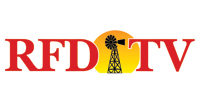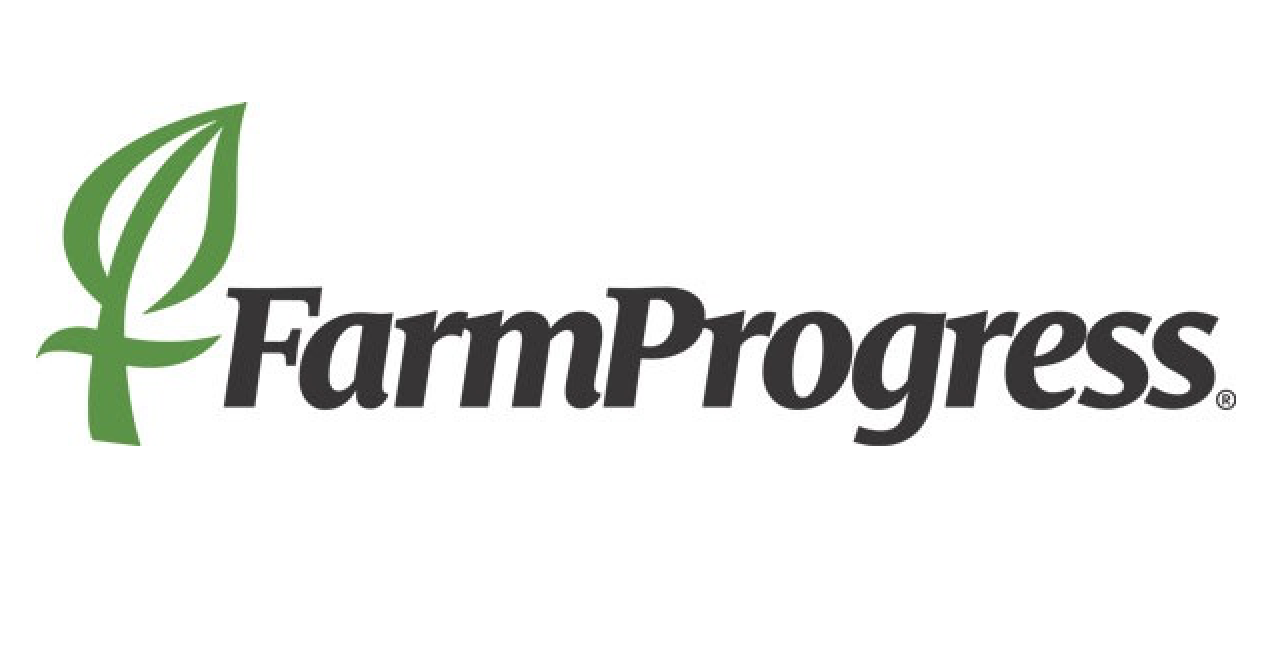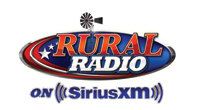STOP ROTOR LOSS
Every rotor combine loses 2-5 bushels per acre, that’s a loss of up to $30k per one thousand acres of soybeans. Our concave system STOPS rotor loss and works for ALL crops, no changing concaves crop to crop. It pays for itself in no time.
INCREASE PROFITABILITY
No changing concaves. Increase ground speed by 1-3 MPH and 135% MORE threshing surface area than round bars so grain is threshed and captured sooner. This means no more overloaded separation section and slow ground speeds.
LESS GRAIN DAMAGE
Our concaves maximize material-on-material threshing by helping you keep the rotor full. This gives you more effective threshing than stock concaves and with LESS cracks, splits and fines caused by grain-on-steel threshing. All that means, more money in your pocket.
#1 CONCAVE SYSTEM
We use the most advanced engineering technologies and state-of-the-art analytics to design the most cutting-edge concave systems for John Deere and Case IH combines. None Outperform – Guaranteed. Good is the enemy of great and we never cease to be better than yesterday.
WE ARE HARVEST EXPERTS™
If They’re Not XPR, They’re Not Estes Concaves®
Have Questions? We’re Ready To Help.










